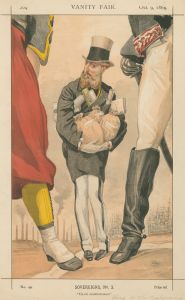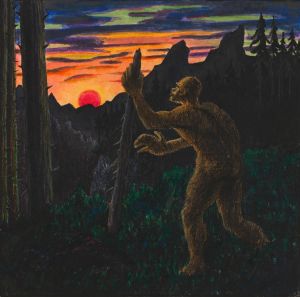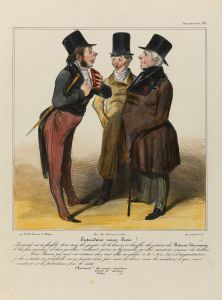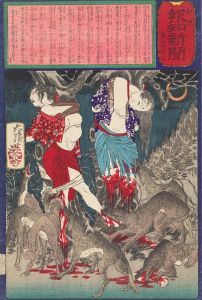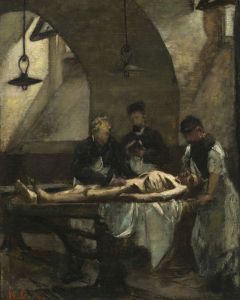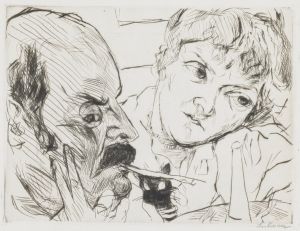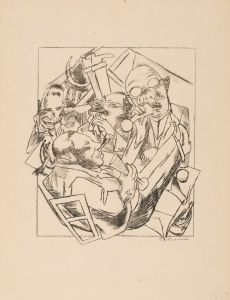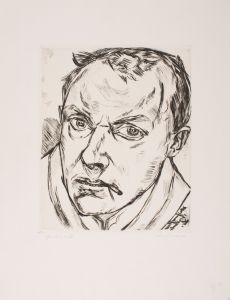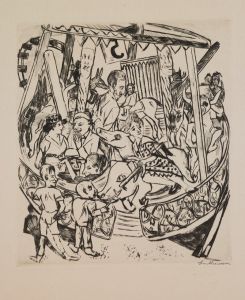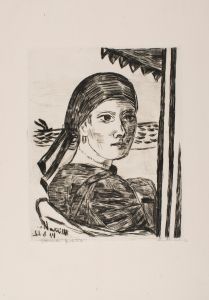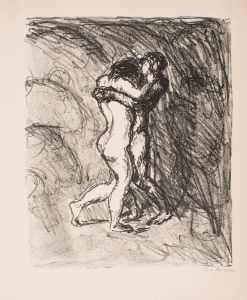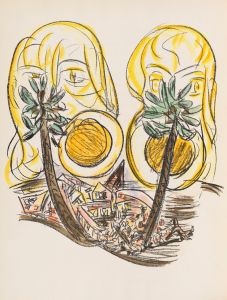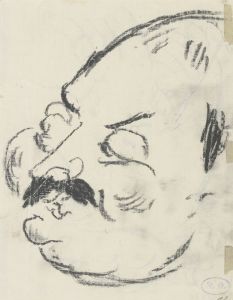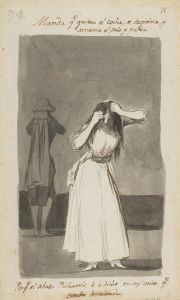
plate 4; Martyrdom
A hand-painted replica of Max Beckmann’s masterpiece plate 4; Martyrdom, meticulously crafted by professional artists to capture the true essence of the original. Each piece is created with museum-quality canvas and rare mineral pigments, carefully painted by experienced artists with delicate brushstrokes and rich, layered colors to perfectly recreate the texture of the original artwork. Unlike machine-printed reproductions, this hand-painted version brings the painting to life, infused with the artist’s emotions and skill in every stroke. Whether for personal collection or home decoration, it instantly elevates the artistic atmosphere of any space.
Max Beckmann was a prominent German painter and printmaker, known for his distinctive style that combined elements of Expressionism, New Objectivity, and a personal form of modernism. His works often reflect the tumultuous socio-political landscape of early 20th-century Europe. One of his notable works is "Plate 4; Martyrdom," which is part of a series of lithographs.
"Plate 4; Martyrdom" is a compelling example of Beckmann's ability to convey intense emotion and complex narratives through his art. Created during a period of significant upheaval in Europe, the piece reflects Beckmann's response to the chaos and suffering of his time. The artwork is part of a larger series titled "Die Hölle" (The Hell), which Beckmann produced in the aftermath of World War I. This series is known for its stark, dramatic imagery and its exploration of themes such as human suffering, existential dread, and the brutality of war.
In "Plate 4; Martyrdom," Beckmann employs a monochromatic palette, a common feature in his printmaking, which enhances the starkness and intensity of the scene. The composition is dense and dynamic, filled with figures that appear to be caught in a moment of extreme anguish and turmoil. The use of sharp lines and contrasting tones creates a sense of movement and tension, drawing the viewer into the chaotic world Beckmann depicts.
The subject of martyrdom is a recurring theme in art history, often associated with religious or ideological sacrifice. Beckmann's interpretation, however, is more ambiguous and open to interpretation. It reflects his broader concerns with the human condition and the impact of societal and political forces on individual lives. The figures in the artwork are depicted in various states of distress, their expressions and postures conveying a sense of desperation and suffering.
Beckmann's work during this period is characterized by a deep engagement with the existential questions of his time. Having served as a medical orderly during World War I, he witnessed firsthand the horrors of war, which profoundly influenced his artistic vision. "Plate 4; Martyrdom" can be seen as a reflection of his disillusionment with the promises of modernity and progress, as well as his critique of the societal structures that perpetuate violence and oppression.
The lithograph is also notable for its technical execution. Beckmann was a master of the medium, and his skillful use of line and shading is evident in the intricate details and textures of the piece. The work's composition is carefully balanced, with each element contributing to the overall impact of the scene.
"Plate 4; Martyrdom" is housed in various collections and continues to be studied and appreciated for its artistic and historical significance. It serves as a powerful reminder of the enduring capacity of art to capture the complexities of human experience and to provoke reflection on the darker aspects of society and history. Through works like this, Beckmann has secured his place as one of the most important artists of the 20th century, whose legacy continues to resonate with contemporary audiences.





